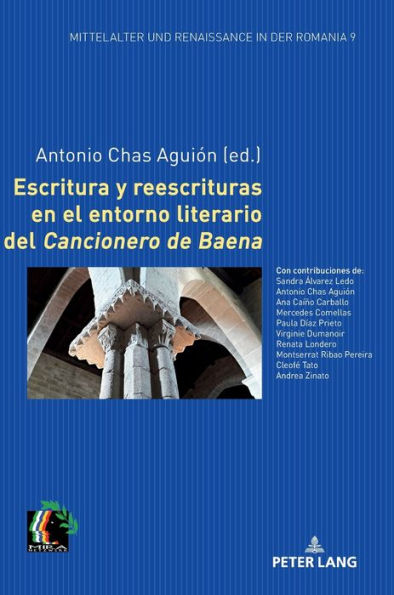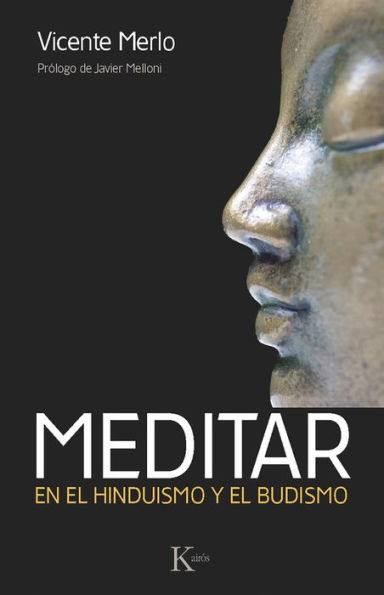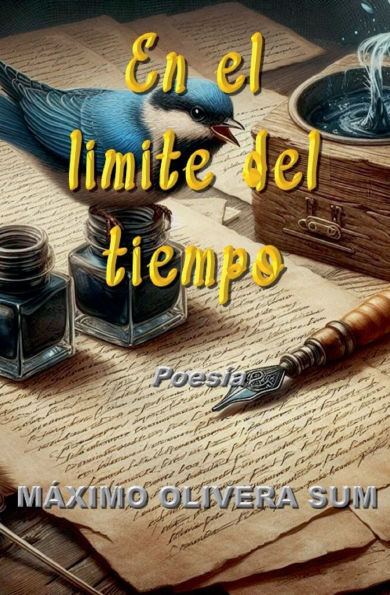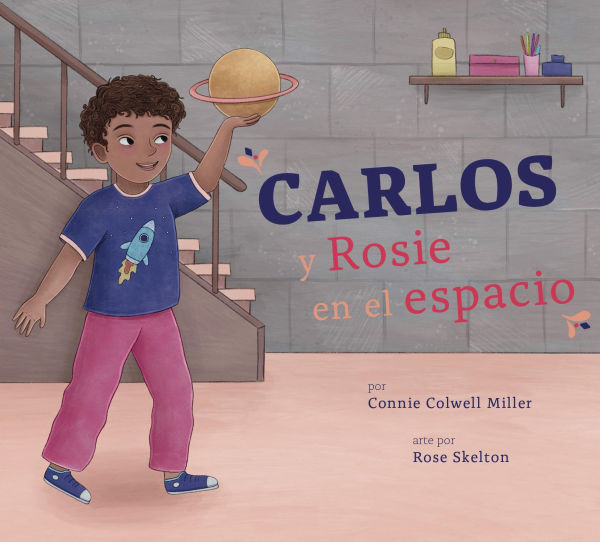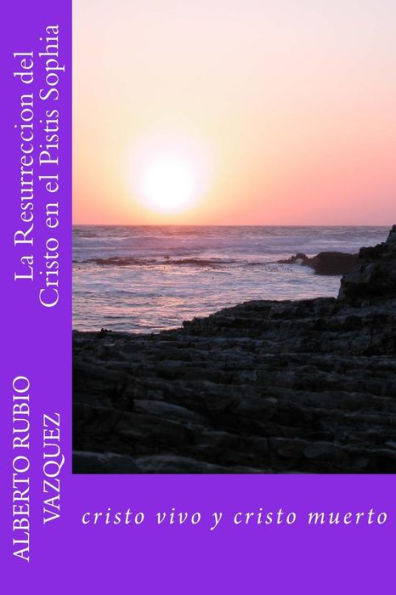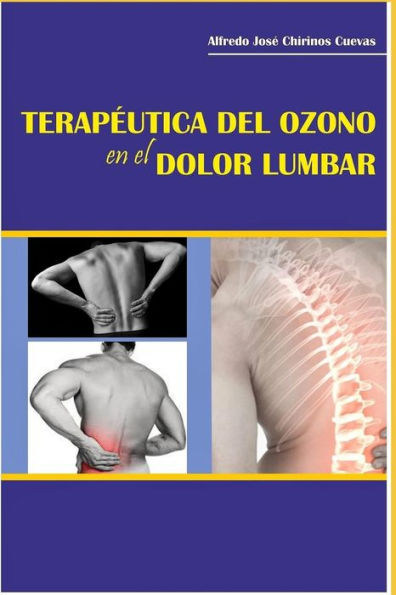Home
Tradiciones Ceramicas del Epiclasico en el Bajo y Regiones Aledanas
Loading Inventory...
Barnes and Noble
Tradiciones Ceramicas del Epiclasico en el Bajo y Regiones Aledanas
Current price: $87.00
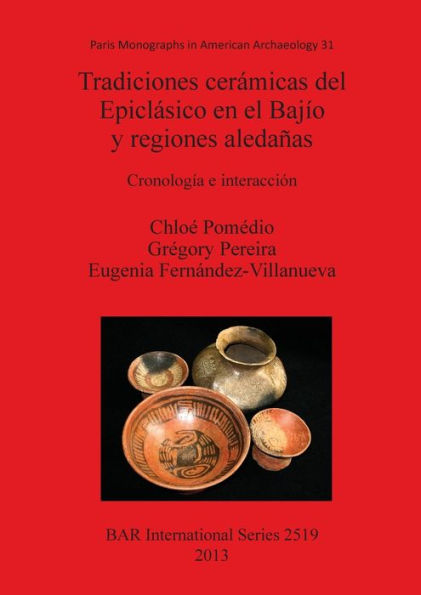

Barnes and Noble
Tradiciones Ceramicas del Epiclasico en el Bajo y Regiones Aledanas
Current price: $87.00
Loading Inventory...
Size: OS
*Product Information may vary - to confirm product availability, pricing, and additional information please contact Barnes and Noble
Paris Monographs in American Archaeology 31
The Bajío (West-Central Mexico) has been considered by various authors to be a key region for understanding the processes of interaction and migration among Central, West, and Northern Mesoamerica. Since the late 1990s, our knowledge of the prehispanic societies of the Bajío has benefitted from the development of several new archaeological projects carried out by various Mexican and French institutions. The principal contribution of this research has been an emphasis on extensive excavations, which were previously quite limited in the region. The numerous stratified contexts studied have revealed new data that permit a better definition of ceramic complexes in the Bajío during the Epiclassic, the period of the zone's greatest demographic growth. This volume offers a new overview of the ceramic traditions of this region and their links with those of the neighbouring areas.
The Bajío (West-Central Mexico) has been considered by various authors to be a key region for understanding the processes of interaction and migration among Central, West, and Northern Mesoamerica. Since the late 1990s, our knowledge of the prehispanic societies of the Bajío has benefitted from the development of several new archaeological projects carried out by various Mexican and French institutions. The principal contribution of this research has been an emphasis on extensive excavations, which were previously quite limited in the region. The numerous stratified contexts studied have revealed new data that permit a better definition of ceramic complexes in the Bajío during the Epiclassic, the period of the zone's greatest demographic growth. This volume offers a new overview of the ceramic traditions of this region and their links with those of the neighbouring areas.
